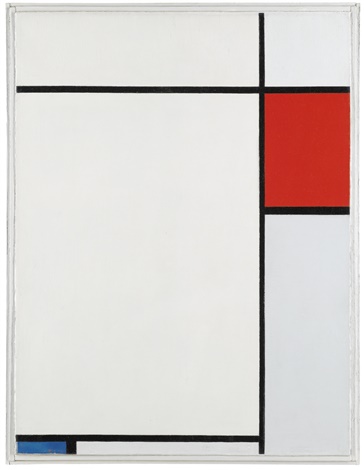
Did you think you just had an especially sophisticated aesthetic palette? Think again. Turns out that the human brain is hard-wired to appreciate art, according to a report in the June issue of the scientific journal Brain and Cognition. According to the Wall Street Journal, “the study found that paintings activated areas of the brain involved in vision, pleasure, memory, recognition and emotions, in addition to systems that underlie the conscious processing of new information to give it meaning.” Which means that art appreciation is not only a natural, biological process, but that it’s probably good for us.
The meta-analysis that the report is based on took place at the University of Toronto and analyzed data from 15 studies conducted between 2004 and 2012, which took place in seven countries. The studies included a total of 330 participants ranging in age from 18-59. Volunteers were asked to view an array of paintings (by both famous and relatively unknown artists) while their brains were monitored using MRI scanners. In two-thirds of the tests, they were asked to make aesthetic judgments about the works, while in the other third they were free to view the paintings however they desired. The experiments ultimately indicated that viewing art triggers higher-order mental processing, as well as experienced or anticipated pleasure.
However, there was no information provided to explain why some people have an easier and more enjoyable time processing art than others, so the whole concept of a “refined aesthetic palette” may still be somewhat legitimate. We would also be curious to know if the same principles apply to more mentally taxing genres like performance art, where the reward for viewing is typically less immediate, and shot through with the inherent awkwardness of watching performance art.